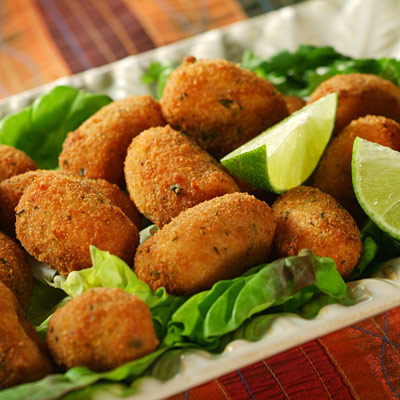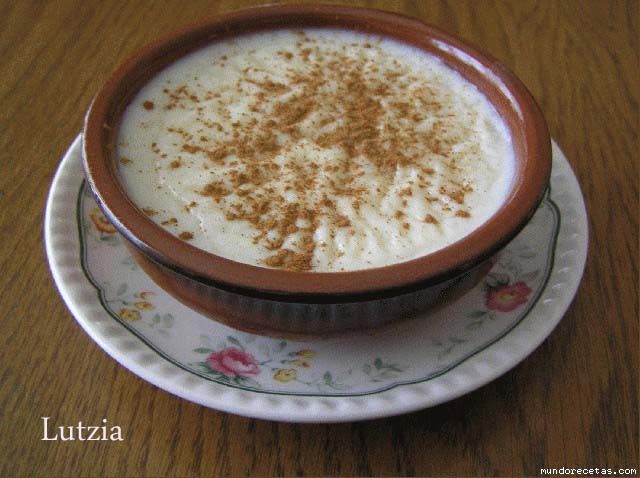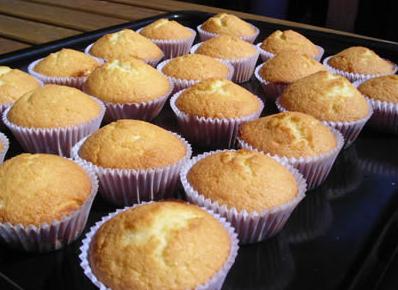I guess have you ever heared about Croquettes.. for the Spaniards are a typical tapas dish, very tasty and easy to cook, we usually filled with ham or chicken.
(。◕‿◕。)Ingredients (for 4 people):
- 1 tbsp of olive oil
- 2 tbsp of flour
- 1/4 litre of milk
- 1 Eggs
- 100 grams of bread crumbs
- Nutmeg
- 150 grams of ham or chicken, cut into small pieces
- Salt
 1: Put the oil in a frying pan and warm it. Once the oil is warm (but before it is so hot that smoke rises from it) remove the pan from the heat and add the flour to the oil. Stir with a wooden spoon until it becomes a paste.
1: Put the oil in a frying pan and warm it. Once the oil is warm (but before it is so hot that smoke rises from it) remove the pan from the heat and add the flour to the oil. Stir with a wooden spoon until it becomes a paste.2: Put the pan on the heat again and add the milk, little by little, stirring the mixture all the time until it is cooked and even. Add the nutmeg, a pinch of salt and the ham cut into small pieces. Cook in the pan until the mixture is stiff, and don't stop stirring.
3: As soon as the mixture is stiff enough, spoon it into a bowl and let it cool. Beat the egg. Once the mixture is cool, make small portions and mould them with your hands into the shape of a croqueta (oval). Dip each croqueta into the beaten egg and then dip it into the breadcrumbs which will stick to the croqueta because of the egg. Place each croqueta separately on a plate. You can fry them straight away, or put them into the fridge and leave them until you are ready to cook and eat them.
4: Fry the croquetas in a pan with enough oil to cover them. When they are golden and crispy, take them out and lay them on kitchen roll to absorb the excess oil. Serve straight away.
I hope you give me your opinion after you'll cook this recipe. see ya!














